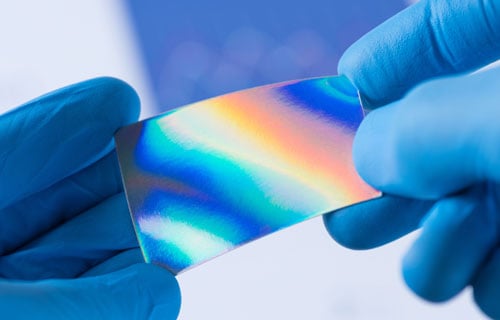
Recorded webinar
Langmuir technique as a useful tool to study the effect of magnetite nanoparticles with application potential in nanomedicine on model cell membranes
This webinar explores the use of the Langmuir technique to study how magnetite nanoparticles (MNPs) which have significant potential in nanomedicine interact with model cell membranes. The session highlights the unique properties of MNPs, their functionalization for improved biocompatibility, and the need for molecular-level insights into their effects on biological membranes. By leveraging the Langmuir method, the webinar demonstrates how to assess the stability, phase state, and morphology of model membranes exposed to various biopolymer-functionalized MNPs.
Webinar details
-
Originally aired
December 20, 2023
-
Length
55 min
-
Presentation by
Emilia Piosik
-
Technologies
Langmuir and Langmuir-Blodget

In this webinar:
-
Learn how the Langmuir technique models cell membranes for nanoparticle interaction studies.
-
Discover the impact of biopolymer-functionalized magnetite nanoparticles on membrane properties.
-
Gain insights into the molecular-level effects of nanomaterials relevant to medical applications.

Presentation by Emilia Piosik
Emilia Piosik, a research assistant at Poznan University of Technology, specializes in the study of ultrathin organic layers and their applications in optoelectronics and nanomedicine. Her expertise with the Langmuir technique and her current research on magnetite nanoparticles make her uniquely qualified to present on how these nanomaterials interact with model cell membranes, providing valuable perspectives for both academic and applied biomedical research.
